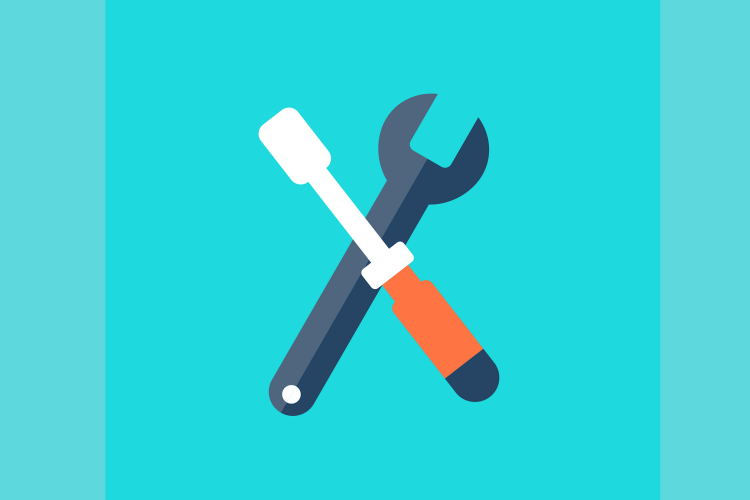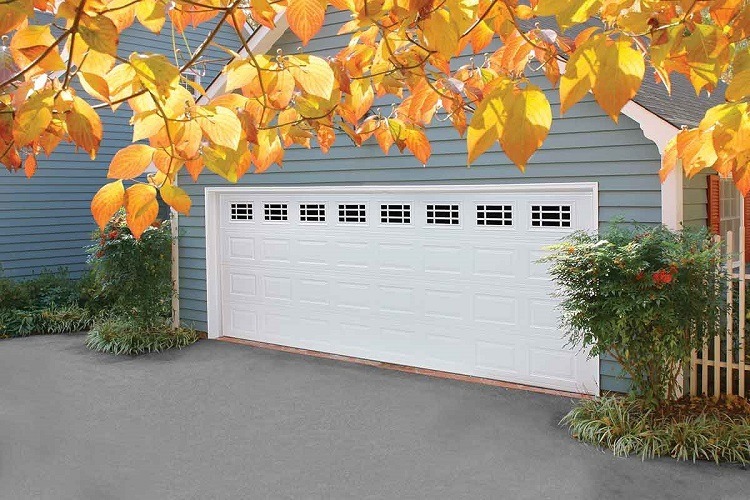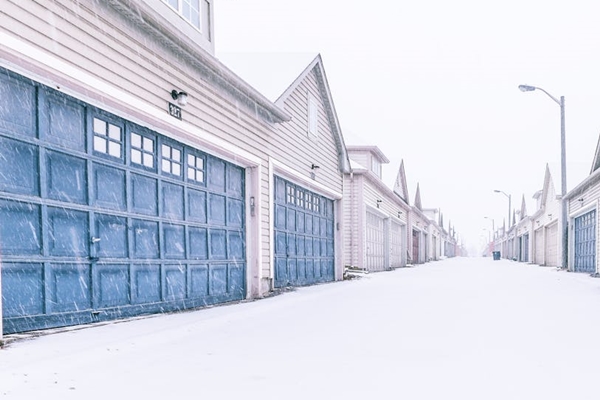Garage Door Maintenance Guide

To keep your garage door in optimal condition, we recommend having it serviced by a professional at least once or twice a year. A garage door has many moving parts and sensitive electronic components that require regular maintenance to avoid major inconveniences, such as a door getting stuck. To help you minimize issues, our garage door repair and installation team shares some maintenance tips you can follow between professional visits.
Key Maintenance Tips
Even with regular professional servicing, you can help ensure your garage door operates smoothly by performing the following tasks yourself:
Weekly Safety Checks
Visually inspect the springs, cables, and other moving parts weekly. Spotting potential issues early can help prevent more serious problems later. After inspecting, open and close the door a couple of times, listening for unusual sounds that may indicate failing components or parts needing lubrication.
“You should ideally aim to lubricate the moving parts on your garage door about once every six months to keep everything moving smoothly.”
—Bob Vila
If your garage door has an auto-reverse safety feature, it should also be tested once a week. This feature ensures the door reverses if it detects an obstacle while closing. To test, place an object in the door’s path. If it doesn’t reverse, check the sensors for damage or call a professional.
Monthly Roller Bracket and Bolt Check
Your garage door opener is used many times a year, and bolts and brackets can loosen over time. We recommend hand-tightening these parts monthly to ensure everything is secure.
Biannual Spring and Roller Inspection

Twice a year (ideally in the Spring and Fall) inspect the springs and rollers. Look for signs of wear, such as deforming springs or loose rollers. If you notice any concerning issues, call a professional for repairs.
Balance Test
To check your door’s balance, disconnect it from the opener, lift it about three to four feet, and release it. A well-balanced door should stay in place. If it moves quickly in either direction, it’s out of balance and requires adjustment by a technician.
Winter Draft Check

In colder months, check around the edges of your closed garage door for drafts. The bottom seal, along with the seals at the top and sides, can wear down and may need occasional replacement to maintain insulation.
Safety First
While these tasks can help keep your garage door in excellent working order, garage doors are heavy and can be dangerous if handled improperly. If you’re unsure about any of these tasks, it’s always best to leave them to a professional.
We recommend scheduling professional maintenance at least once a year, but twice a year is ideal—especially if your door sees frequent use. Regular maintenance ensures all components are in good condition, preventing costly breakdowns and extending the life of your door.
You can check your garage door’s balance by disconnecting the opener and manually lifting the door halfway. If it stays in place, the balance is good. If it moves up or down, the springs may need adjustment. If you notice an issue, contact a professional for precise balancing.
To test the opener's safety, place a sturdy object like a block of wood in the door’s path. If the door doesn’t reverse immediately after making contact, the auto-reverse mechanism may be malfunctioning. Check the sensors and consult a professional if the issue persists.
To prevent drafts, check the weatherstripping around the edges of the door. If it’s cracked or worn, replace it. Additionally, ensure the bottom seal is in good condition, as this is the area most vulnerable to cold air. Proper insulation will help keep your garage warm and energy-efficient.
Visually inspect the rollers and tracks for wear, rust, or debris. Ensure the rollers move smoothly and the tracks are aligned. If you see any damage, worn-out rollers, or if the door is off-track, schedule a professional service to avoid further issues.
Use a mild detergent and water to clean your garage door every few months. Focus on removing dirt, debris, and road salts that can cause rust, especially on metal doors. After cleaning, apply a protective wax or finish to prevent future damage.
Replace the weatherstripping if you notice cracks, gaps, or brittleness. Typically, it needs replacement every few years, depending on weather conditions. Regularly inspect it for damage, especially after extreme weather, to ensure a proper seal and prevent drafts or water leaks.
If your garage door doesn’t close properly, stops, or reverses unexpectedly, the sensors may be misaligned or blocked. Check for debris or obstructions near the sensors and ensure the LED lights on both sensors are illuminated. If the sensors remain unresponsive, call a technician.
Place an object like a wooden block or box in the door’s path and close the door. If the door doesn’t automatically reverse upon contact, the auto-reverse feature may be faulty. Check the sensors for alignment and cleanliness, and contact a professional for adjustments if necessary.
Call C & M Garage Doors For Garage Door Maintenence Services
If you happen to live in Loveland or the surrounding area and you are looking for a professional to help you out, please feel free to get in touch with us. We specialize in garage door installation and repair in this part of the country and would be delighted to provide you with any assistance that you may need.
